What is Natural Gas?
According to Wikipedia, the term “natural gas,” also referred to as “fossil gas” or simply “gas,” refers to a naturally occurring mixture of gaseous hydrocarbons, primarily the higher alkane methane, with a few other minor amounts. There are also typical concentrations of trace gases such as carbon dioxide, nitrogen, hydrogen sulfide, and helium. Natural gas has no flavor or fragrance. Natural gas is a combination of hydrocarbon-rich gases. There are numerous gases naturally present in the atmosphere, including methane, nitrogen, carbon dioxide, and others. Deep down, with coal and crude oil beds and other solid and liquid hydrocarbons, lie natural gas reserves.
Burning natural gas can produce heat, light, and electricity.
Important Facts About Natural Gas
The fossil fuel known as natural gas was produced from the remains of ancient plants, animals, and microbes that existed more than millions of years ago. The same elements are also used to make other fossil fuels like coal and oil.
Natural gas combustion still produces greenhouse gases, although it does so at a lower rate than coal and oil—nearly 30% and 45% less CO2, respectively.
Natural gas takes millions of years to generate, but it has only become possible to use it as a source of energy for thousands of years now. Natural gas reserves are frequently located next to oil reserves.
Natural gas is measured in normal cubic meters or standard cubic feet.
The most typical method of extracting natural gas is by drilling vertically from the surface of the Earth.
Pipelines with a diameter ranging from 2 to 60 inches are typically used to transport natural gas after it has been extracted.
Pure natural gas has no smell to it! Natural gas is given a synthetic odour by companies that supply it, letting consumers know if there is a leak, especially where it could be hazardous. The “rotten egg” aroma that emanates from a gas stove or oven is the most well-known example of this.
Statistics and studies show that the countries with the highest natural gas consumption are the United States, Russia, Iran, China, and Japan.
How is Natural Gas Formed?
A number of theories can be used to explain how natural gas is created, just like other fossil fuels. The theory that extinct plant and animal remains, such as diatoms, accumulated in thick layers on the earth’s surface and the ocean floors over a long period of time, between millions and hundreds of millions of years ago, occasionally mixed with sand, silt, and calcium carbonate, is the one that has gained the most traction. These layers were gradually covered by an accumulation of rock, silt, and sand. This substance, which was rich in carbon and hydrogen, underwent pressure and temperature changes that resulted in the creation of coal, petroleum, and natural gas.
Sometimes natural gas does not need to form very deeply below, unlike other fossil fuels. Methanogens, which are microscopic microbes, can also cause it to occur. Methanogens are found in low-oxygen environments near the Earth’s surface as well as in the intestines of animals, including humans. For instance, landfills are full of decaying material that methanogens convert into a kind of methane known as biogenic methane.
Methanogenesis is the process through which methanogens produce natural gas (methane).
What is the Process Involved in Extracting Natural Gas?
The three extraction techniques are horizontal drilling, vertical drilling, and hydraulic fracturing, or fracking. The technique is frequently determined by the geology of the region and how easily accessible the natural gas deposits are. The drilling apparatus is taken out and a wellhead is installed when the drilling is finished and the well begins receiving natural gas supply. Gathering pipelines then transport the gas supply to the facilities of the processing facility. These procedures, though, might have detrimental effects on the ecosystem.
How is Natural Gas Refined?
Natural gas is treated in gas plants using a filtration system. Unwanted gases and other contaminants, including acid, hydrogen sulfide, mercury, nitrogen, sulfur dioxide, and water vapor, are removed through filtration. Even the byproducts, such as butane, ethane, pentane, and propane, are removed by some gas plants.
Compressed natural gas (CNG) and liquefied natural gas (LNG) are the two forms of natural gas that can be produced by processing. When done, the natural gas is regarded as clean and prepared for consumer distribution.
What are the Types of Natural Gas?
Natural gas falls into one of two groups, depending on where and from where it was produced. Ordinary and unusual are the labels for the categories. The term “conventional” refers to natural gas that is easy to extract and widely available.
Unconventional” gas exists in geological environments whose extraction may not always be feasible. To make this unconventional gas more available and commercially viable, new technologies and procedures are constantly being developed.
So, any of these two categories can be used to group the many types of gas.
Deep Natural Gas
One type of unconventional gas is deep natural gas. In contrast to most conventional gas, which is only found a few thousand meters beneath the Earth’s surface, deep natural gas is found in deposits that are at least thousands of meters, or put another way, several thousand feet, below the surface of the Earth. Despite the development and advancement of extraction methods, drilling for deep natural gas is not always a financially sound option.
Shale
A different kind of unconventional deposit is shale gas. Shale is a sedimentary rock with minute grains that does not break down in the water. Shale is allegedly so impermeable that marble is viewed as “spongy” in comparison, according to some scientists. This impermeable rock can “sandwich” a layer of gas between thick sheets of it. It is regarded as an uncommon source because accessing it requires challenging procedures.
Tight Gas
Unconventional natural gas known as “tight gas” is impermeably trapped underground in a rock formation, making it very difficult to extract. Gas extraction from “tight” rock formations usually requires pricey and tedious methods like fracking and acidizing.
Coal-bed Methane
Unconventional natural gas also includes coalbed methane. Coalbed methane, as its name suggests, is typically discovered along subterranean coal seams. Natural gas used to be purposefully blown out of coal mines and into the atmosphere as a waste product when coal was being extracted. Today, coalbed methane is a widely used energy source and is often collected for that purpose.
Gas in Geo-pressurized Zones
Geo-pressurized zones are a different resource for unconventional natural gas. 10,000–25,000 feet (3,000–7,600 meters) or more below the Earth’s surface are where geo-pressurized zones emerge.
These areas are created when clay layers quickly build up and consolidate on top of permeable materials like sand or silt. Due to the compressed clay’s forced release of the natural gas, it is deposited below at very high pressure into silt, sand, or other absorbent materials. Although geopressurized zones are extremely challenging to mine, they may be quite rich in natural gas.
Methane Hydrates
Another variety of unconventional natural gas is methane hydrates. Methane hydrates have just lately been found in Arctic permafrost and marine sediments. Low temperatures (about 0°C, or 32°F) and high pressure are the conditions in which methane hydrates occur. Methane hydrates are discharged into the atmosphere when the environment changes.
What are the Components of Natural Gas?
Natural gas is created when the proper proportions of four naturally occurring gases—methane, ethane, propane, and butane—are mixed. They are all gaseous, colorless, and flammable. However, each of them has a unique chemical makeup and function. Methane, the main component of natural gas, makes up more than 80% of the mixture.
What is Natural Gas Used For?
Natural gas is a fossil fuel that can be used to produce energy. In fact, it burns the cleanest of all fuels and produces the least amount of pollutants. These days, there are countless uses for natural gas.
In Residential Homes
Heating and cooking are the two uses of natural gas that are most common. Home appliances including stoves, air conditioners, space heaters, outdoor lighting, garage heaters, and laundry dryers are all powered by it.
Commercial and Business Use
It is a very effective and cost-effective method of powering water heaters, space heaters, dryers, and stoves in commercial environments, such as restaurants and retail centers.
Industrial Purpose
It is also employed in a number of procedures, including the treatment of waste, the preparation of food, and the refinement of metals, clay, stone, and petroleum in industries.
To Run Vehicles
For usage as a substitute fuel in cars, trucks, buses, and other vehicles, natural gas is also a viable option. There are already about 150,000 natural gas vehicles (NGVs) in the United States and over 5 million NGVs worldwide.
How is Natural Gas Measured?
Natural gas can be measured by energy content or volume in metric units. The quantities of natural gas are measured in standard cubic feet.



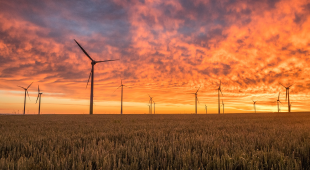
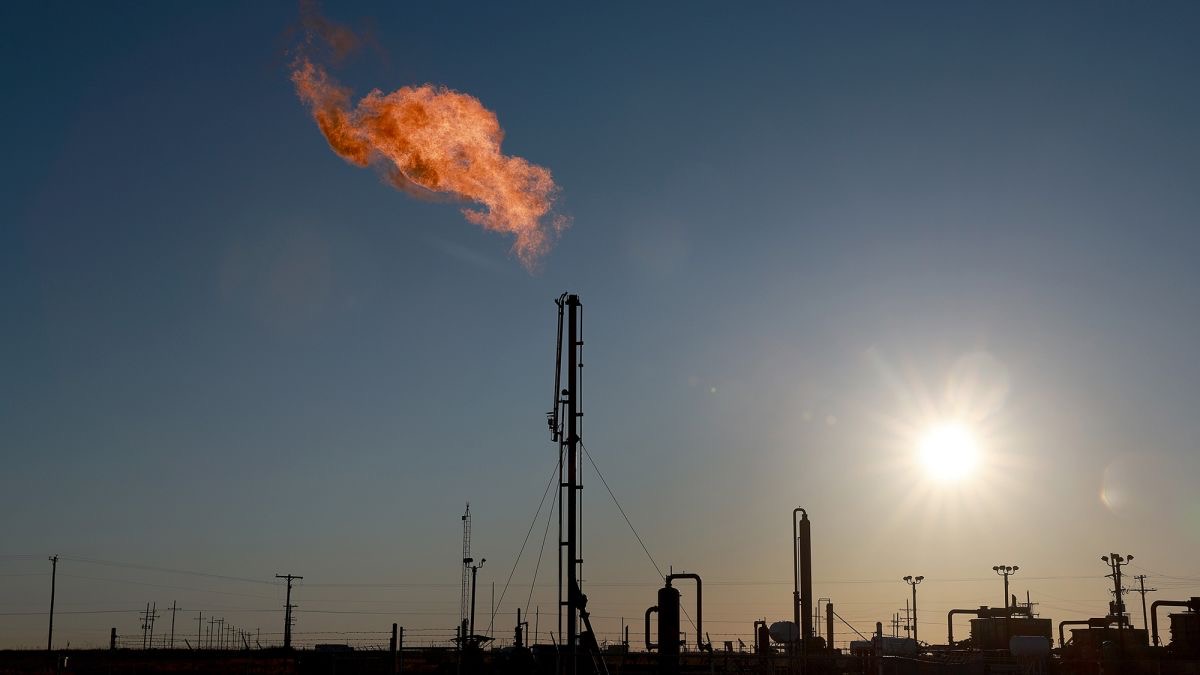
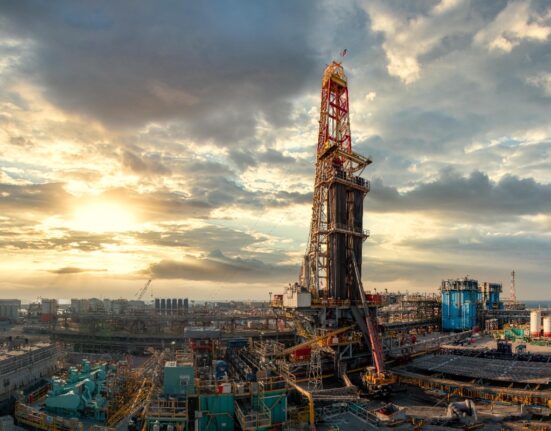
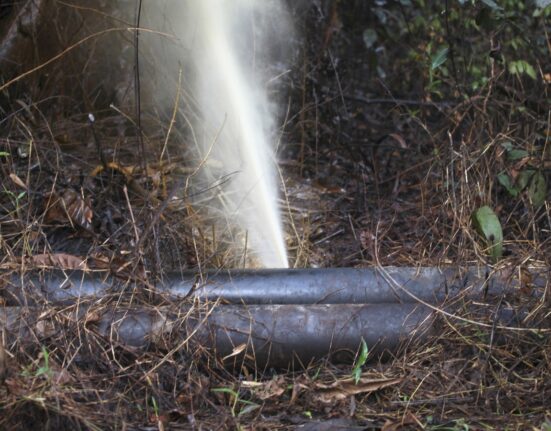
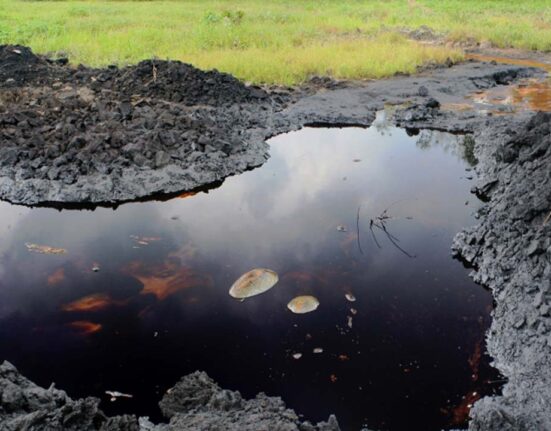
Leave feedback about this